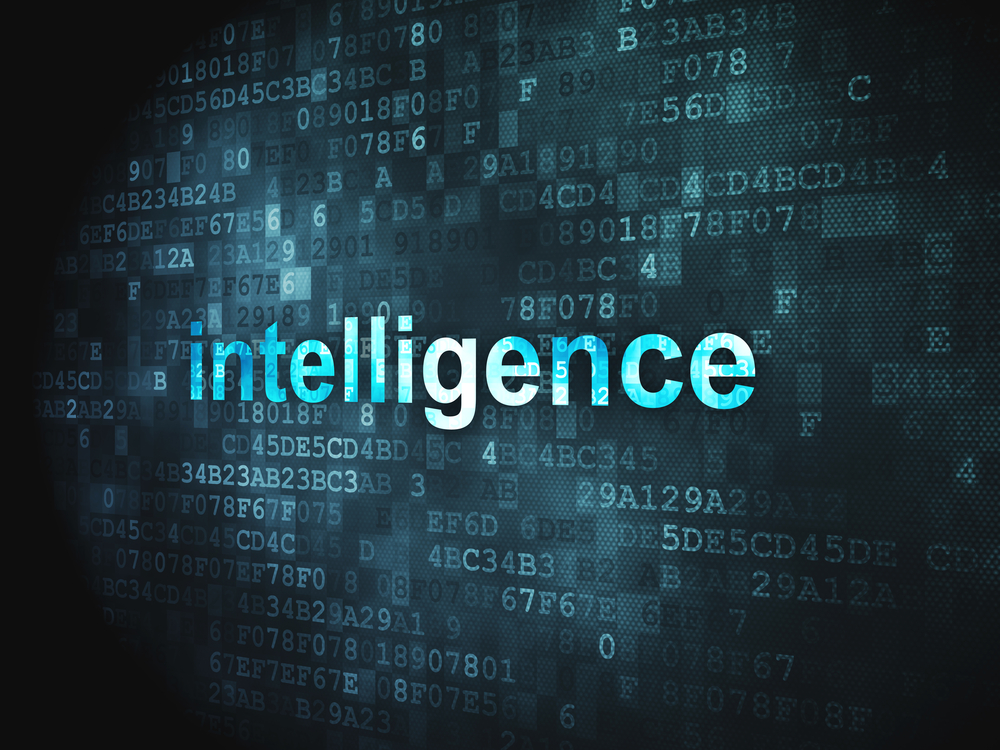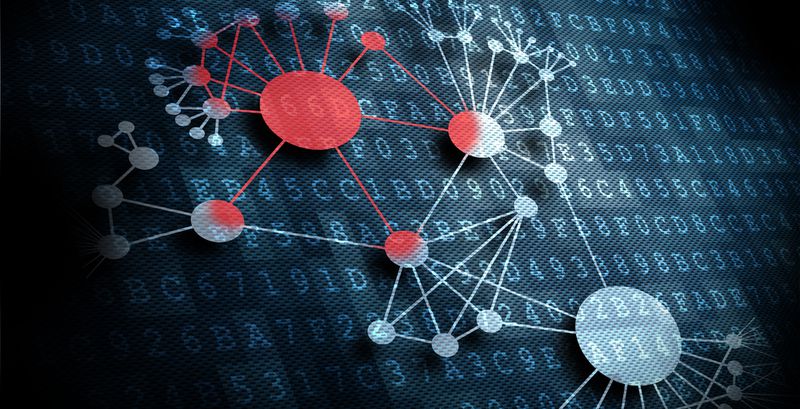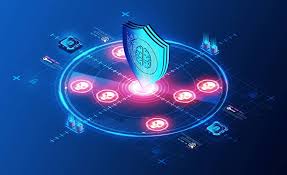Understanding Cyber Threat Intelligence: Importance, Benefits, and Lifecycle Explained

Cyber Threat Intelligence (CTI) involves the collection, processing, and analysis of data to understand the motivations, targets, and attack methods of cyber threat actors. CTI enables organizations to make faster, more informed, and data-backed security decisions, shifting their approach from reactive to proactive in combating cyber threats.
According to Gartner, threat intelligence is “evidence-based knowledge, including context, mechanisms, indicators, implications, and actionable advice about existing or emerging menaces or hazards to assets.”
Why is Threat Intelligence Important?
In the dynamic landscape of cybersecurity, both advanced persistent threats (APTs) and defenders continually adapt to outmaneuver each other. Having data on a threat actor’s potential moves is essential for proactively enhancing defenses and anticipating future attacks.
While many organizations recognize the value of threat intelligence, there is often a gap between recognizing its value and fully leveraging it. Many focus only on basic applications, such as integrating threat data feeds with existing security infrastructure (e.g., firewalls, SIEMs), without fully utilizing the insights available. This limited approach misses significant opportunities to strengthen security postures.
Threat intelligence is crucial for several reasons:
- Illuminates Unknowns: Helps security teams make better decisions by shedding light on unknown threats.
- Empowers Stakeholders: Provides insights into adversarial motives and tactics, techniques, and procedures (TTPs).
- Improves Understanding: Aids in comprehending the decision-making processes of threat actors.
- Guides Investment: Enables executives (CISOs, CIOs, CTOs) to invest wisely, mitigate risk, and make informed decisions efficiently.

Who Benefits from Threat Intelligence?
Organizations of all sizes benefit from threat intelligence by better-understanding attackers, responding faster to incidents, and proactively anticipating threats. For SMBs, it offers protection levels that might otherwise be unattainable, while large enterprises can reduce costs and improve efficiency by leveraging external threat intelligence.
CTI offers unique advantages to various roles within a security team:
- Sec/IT Analyst: Optimizes prevention and detection capabilities.
- SOC: Prioritizes incidents based on risk and impact.
- CSIRT: Speeds up incident investigations and management.
- Intel Analyst: Tracks and uncovers threat actors.
- Executive Management: Understands organizational risks and addresses them effectively.

Threat Intelligence Lifecycle
The intelligence lifecycle is a process for transforming raw data into actionable intelligence and guiding cybersecurity teams through the development and execution of effective threat intelligence programs. This cycle consists of six steps, forming a feedback loop for continuous improvement:
- Requirements: Define the goals and methodology based on stakeholder needs, such as identifying attackers and their motivations, understanding the attack surface, and strengthening defenses.
- Collection: Gather information from traffic logs, public data sources, forums, social media, and industry experts to meet the defined objectives.
- Processing: Organize raw data into a usable format, often involving spreadsheets, file decryption, translation, and relevance evaluation.
- Analysis: Analyze the processed data to answer questions from the requirements phase and provide actionable recommendations.
- Dissemination: Present analysis results to stakeholders in an understandable format, usually a concise report or slide deck.
- Feedback: Collect feedback to refine future threat intelligence operations, adjusting priorities and reporting methods as needed.

Levels of Threat Intelligence
Threat intelligence matures through three levels, each providing deeper context and analysis:
- Tactical Intelligence:
- Focus: Immediate threats, technical.
- Indicators: Identifies indicators of compromise (IOCs) like IP addresses, URLs, and file hashes.
- Use Integrated into security products for automated defense.
- Operational Intelligence:
- Focus: Campaign tracking and threat actor profiling.
- Context: Provides insights into the who, why, and how of attacks, requiring human analysis.
- Use: Beneficial for SOC teams, vulnerability management, and incident response.
- Strategic Intelligence:
- Focus: Long-term, informing business decisions.
- Context: Links cyber threats to geopolitical and global events, requiring deep analysis.
- Use: Helps executives understand organizational risks and align cybersecurity investments with strategic priorities.



